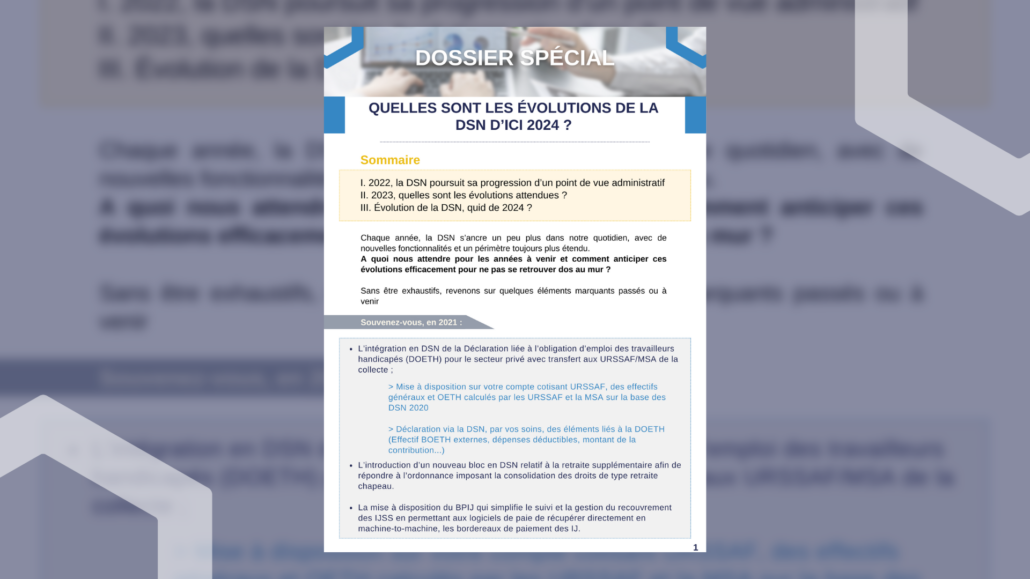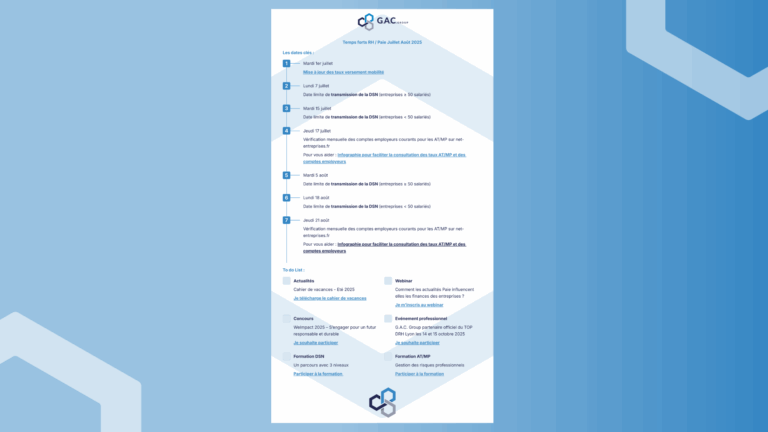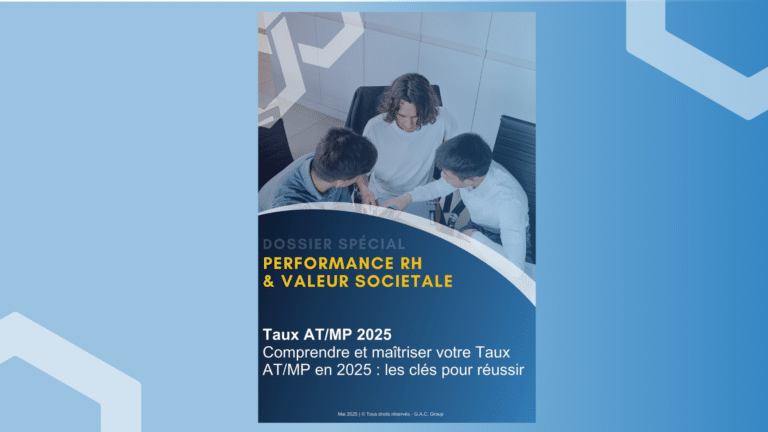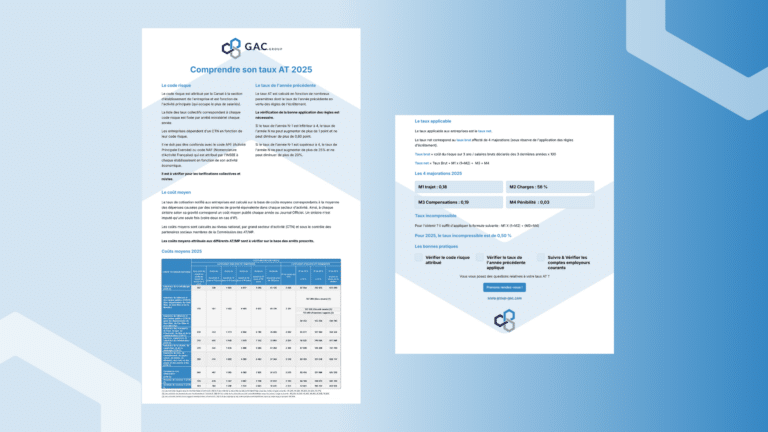In recent years, several measures in favor of companies and aimed at preserving the purchasing power of the French have been taken :
it is the case of exempted overtime or complementary hours (HSE) whose social and fiscal regime has been constantly evolving.
What are the developments related to hours additional or complementary?
Remuneration for overtime or complementary hours worked from January 1, 2019 is tax-free up to €5,000 net per year (€5,358 gross). This amount is raised to €7,500 net (€8,037) for amounts paid in 2022.
In addition, these hours give entitlement to a reduction in employee contributions. It should be noted that CSG and CRDS contributions remain due. In practice, the benefit of the preferential social and fiscal regime will only be effective if the declarative procedures are respected.
Changes in the reporting procedures for overtime at multiple impacts
1. On the income tax exemption
Depending on the year of the declaration, i.e. the fiscal year, the declarative modalities differ:
In 2020:
- The Net Taxable Remuneration (NTR) declared in the S21.G00.50.002 field should correspond to the amount net taxable outside HSE.
- In addition, the amount of HSE was to be declared in the "Type - S21.G00.51.011" field under the code 017 or 018 and in the amount gross.
Since 2021:
- The amount net of the HSE must integrate the Net Taxable Remuneration in item S21.G00.50.002.
- This tax-exempt remuneration is also identified in the "Remuneration - S21.G00.51" block, "Type - S21.G00.51.011" field under the code "026 - Exempt overtime" in the amount gross
In 2022:
- This is the gross amount of EH&S that should be reported in the NWA
Starting in 2023:
- It is again the net amount of the EH&S that need to be tracked and a well-defined method of converting the gross amount by the agencies.
- In addition, exempt overtime declared under the code "026 - Exempt overtime" must be dated in the payment period, (i.e. via the headings "Payroll period start date - S21.G00.51.001" and "Payroll period end date - S21.G00.51.002")
Such methods were not required in 2022. For the EHS performed in 2022, the DGFIP attaches the EHS according to the payment date of the "Individual payment - S21.G00.50" block to which they are attached.
2. On the salary reduction on HSE
Since January 1, 2019, in accordance with Article L. 241-3 of the French Social Security Code, it is necessary to ensure that the amount paid in respect of HSE performed and exempt from tax is included in the taxable bases of types :
- 02 - Capped gross base
- 03 - Unfunded gross base
- 04 - Basis for the generalized social contribution
With special features:
- The amount associated with code "076 - Old Age Insurance contribution" (field "Contribution code - S21.G00.81.001") must be filled in gross, without deduction of the reduction for overtime or complementary hours.
- The amount of the reduction must be entered in the "Contribution amount - S21.G00.81.004" field for which the "Contribution code - S21.G00.81.001" field is filled in with the value "114 - Amount of reduction in overtime / complementary hours".
A novelty at the heart of political and social issues
In conclusion, whatever the nature of the data, the employer is strongly involved in the reliability of the DSN, the use of which differs from one organization to another and the impact of which may be significant for the employer and/or the employee.
To ensure the compliance of your declarations, our experts will accompany you.
Source: https://net-entreprises.custhelp.com/app/answers/detail/a_id/2066









